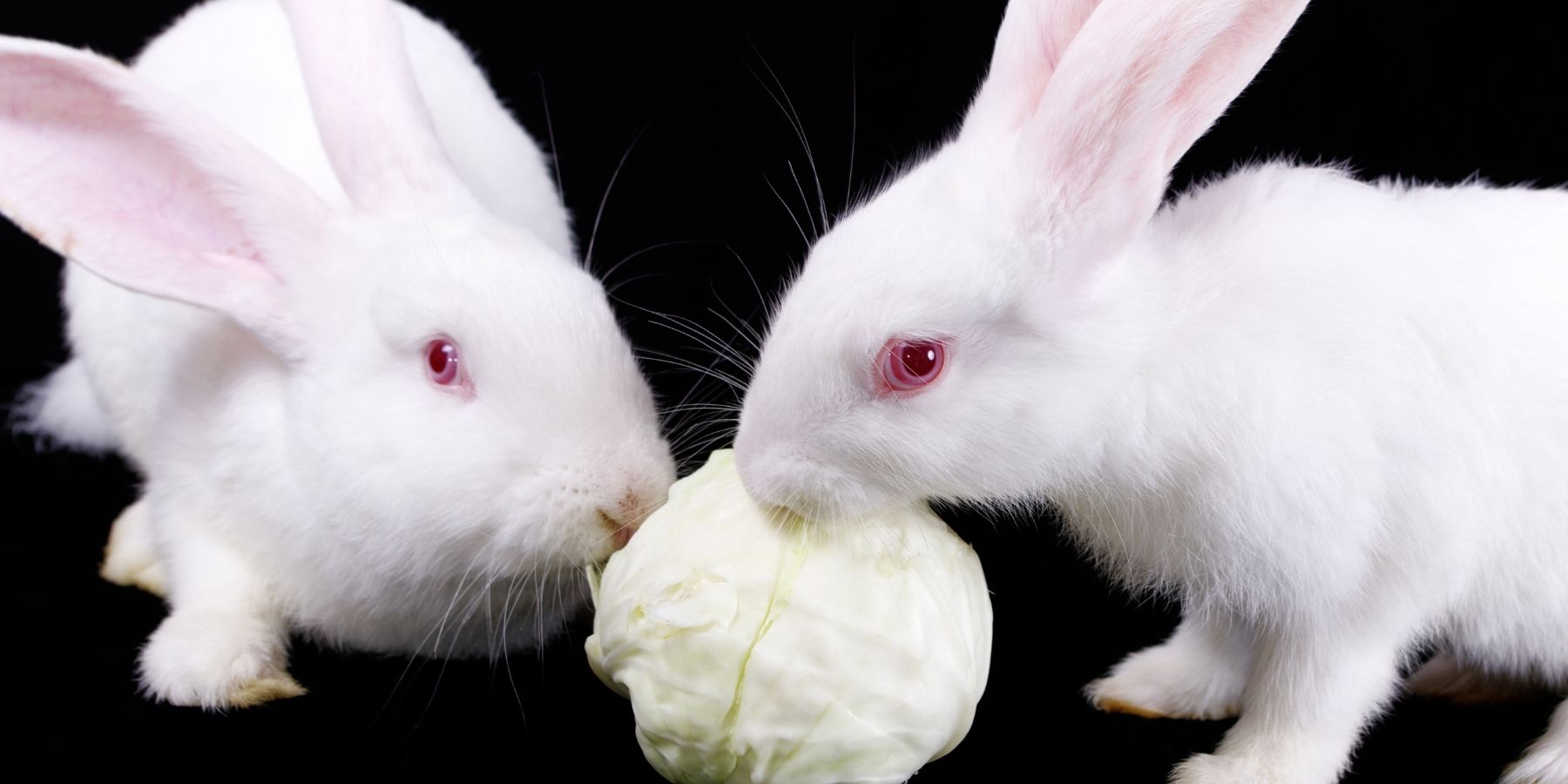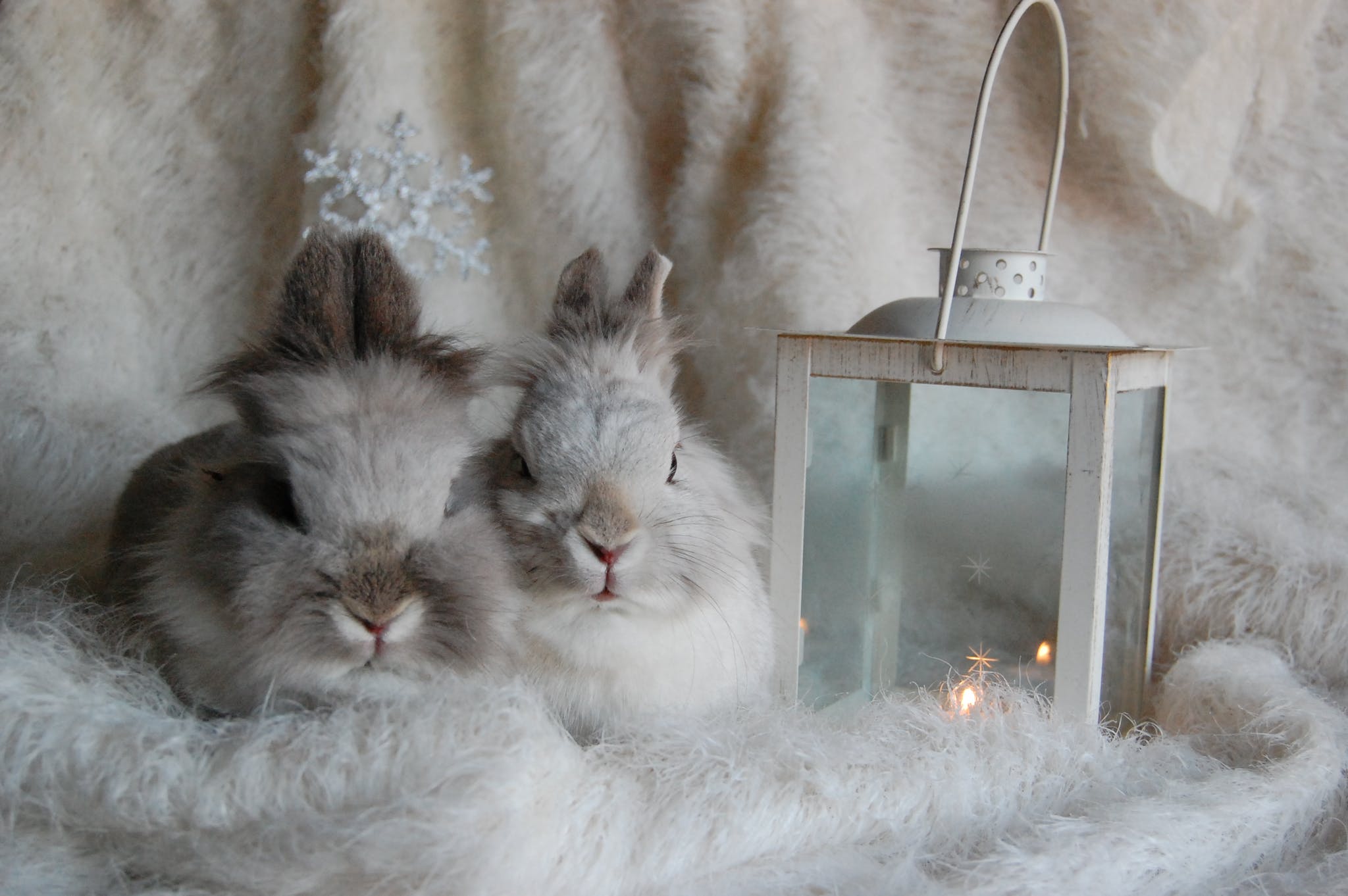Why Are My Rabbits Fighting All of a Sudden
There are some affiliate links below, but they are all products I highly recommend. For more info, view my disclosure here.
Have you noticed that your rabbits have suddenly started fighting?
It’s a perplexing situation, especially when they have been getting along so well before. While there may not be a single definitive answer, there are several factors that could contribute to this sudden change in behavior.
From shifts in hierarchy to environmental stressors, exploring these possibilities can help shed light on why your rabbits are engaging in aggressive behavior.
However, there might be one particular reason that you haven’t considered yet, and it could hold the key to resolving this conflict.
Sudden Changes in Rabbit Hierarchy
If you notice sudden changes in your rabbits’ hierarchy, it’s important to address the issue promptly to prevent further aggression.
Rabbits, like many social animals, establish a hierarchy within their group. This hierarchy determines the order in which the rabbits interact and access resources such as food, water, and shelter. However, sometimes this hierarchy can be disrupted, leading to conflicts and fights.
There are several reasons why sudden changes in rabbit hierarchy may occur. One common reason is the introduction of a new rabbit into the group. This can upset the established order and cause tension among the rabbits. Additionally, changes in the rabbits’ environment, such as a new living space or a rearrangement of their territory, can also lead to shifts in their hierarchy.
When you notice sudden changes in your rabbits’ hierarchy, it’s crucial to intervene promptly. Start by observing their interactions closely to identify the rabbits involved in the conflict. Separate the rabbits that are fighting and provide them with separate living spaces temporarily. This will help reduce the risk of injury and allow you to address the issue more effectively.
To prevent further aggression, gradually reintroduce the rabbits to each other under supervised conditions. This can be done by swapping their living spaces or introducing them in neutral territory. Monitor their behavior closely during this process and be prepared to separate them again if necessary.
Lack of Space and Overcrowding
Lack of space and overcrowding can contribute to aggression and fights among rabbits. When rabbits are confined to small living areas, they may feel stressed and anxious. This can lead to territorial disputes and an increase in aggressive behavior.
Rabbits are naturally social animals, but they also require their own space to feel comfortable and secure. When there’s a lack of space, rabbits may become territorial and fight over limited resources such as food, water, and hiding spots. Overcrowding can also result in heightened competition for dominance within the group, causing fights to break out.
It’s important to provide rabbits with enough space to roam, explore, and establish their own territories. The recommended minimum space requirements for a pair of rabbits is at least 12 square feet of living area. Providing additional hiding spots, toys, and separate feeding areas can also help reduce aggression caused by overcrowding.
Introduction of a New Rabbit to the Group
When introducing a new rabbit to your group, it’s important to take gradual steps to ensure a smooth transition and minimize the potential for fights. Rabbits are social animals, but they can be territorial and establish hierarchies within their groups. Introducing a new rabbit abruptly can cause stress and trigger aggressive behavior.
To prevent conflicts, start by keeping the new rabbit in a separate enclosure within sight and smell of the existing rabbits. This allows them to become familiar with each other without direct contact. Swap their bedding and toys regularly to help them get used to each other’s scent. Once they seem comfortable, you can begin supervised face-to-face interactions in a neutral space.
Keep a close eye on their body language, such as lunging, biting, or chasing, which may indicate aggression. If any signs of aggression occur, separate the rabbits and try again later. Gradually increase the duration and frequency of these interactions until they can coexist peacefully.
Remember to provide plenty of space, resources, and attention for each rabbit to minimize competition and promote harmony.
Hormonal Changes and Sexual Maturity
During hormonal changes and sexual maturity, rabbits may exhibit behavioral changes that can contribute to conflicts within the group. As rabbits reach sexual maturity, typically around 4 to 6 months of age, their hormones start to fluctuate, leading to increased territorial and aggressive behaviors. Male rabbits, also known as bucks, may become more dominant and territorial, while female rabbits, known as does, may become more defensive and protective of their space.
These hormonal changes can lead to fights between rabbits, especially if they aren’t spayed or neutered. Unaltered rabbits have a stronger drive to establish dominance and may engage in aggressive behaviors such as chasing, biting, and mounting. This can create a hostile environment within the group, as rabbits compete for resources, territory, and mates.
To minimize conflicts during hormonal changes and sexual maturity, it’s recommended to spay or neuter your rabbits. This can help reduce the hormone-driven aggression and territorial behaviors. Additionally, providing enough space, hiding spots, and resources for each rabbit can also help prevent conflicts.
Ensuring a harmonious group dynamic is crucial for the well-being and happiness of your rabbits.
Environmental Stressors and Triggers
To minimize conflicts caused by environmental stressors and triggers, it’s important to create a calm and comfortable living environment for your rabbits. Rabbits are sensitive creatures, and any disturbances in their surroundings can lead to stress and aggression. Start by providing them with a clean and spacious enclosure that allows for ample movement and exercise. Ensure that the area is well-ventilated and free from excessive noise or bright lights that may startle or irritate them.
Maintain a consistent routine for feeding, cleaning, and socializing with your rabbits. Rabbits thrive on predictability, so try to establish a schedule that they can rely on. Additionally, make sure that their enclosure is properly organized, with separate areas for eating, sleeping, and using the litter box. This will help them feel secure and reduce the likelihood of territorial disputes.
Pay attention to the temperature and humidity levels in the rabbit’s environment. Extreme temperatures or sudden fluctuations can cause stress, so keep their living area at a comfortable and consistent level. Provide them with appropriate bedding materials to keep them warm and cozy.
Consider the presence of other animals or potential predators in the vicinity. Rabbits may feel threatened by the sight or smell of other animals, which can trigger aggressive behavior. Keep them in a safe and secluded space away from potential stressors.

Sudden changes in rabbit hierarchy, lack of space and overcrowding, the introduction of a new rabbit to the group, hormonal changes and sexual maturity, and environmental stressors and triggers can all contribute to rabbits fighting.
It’s important to identify and address these factors to ensure the well-being and harmony of your rabbits. Providing enough space, monitoring their interactions, and creating a peaceful environment can help prevent and resolve conflicts among your rabbits.







